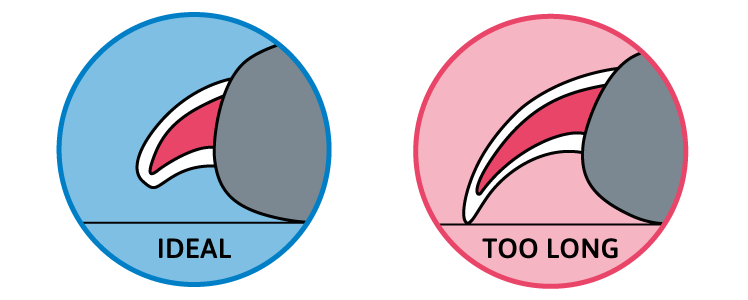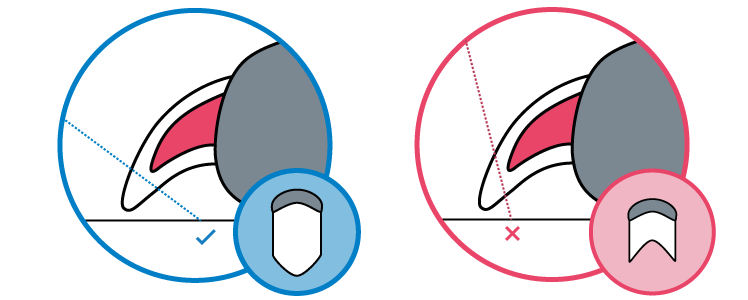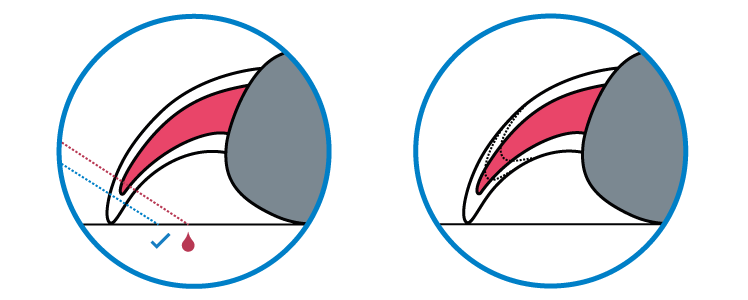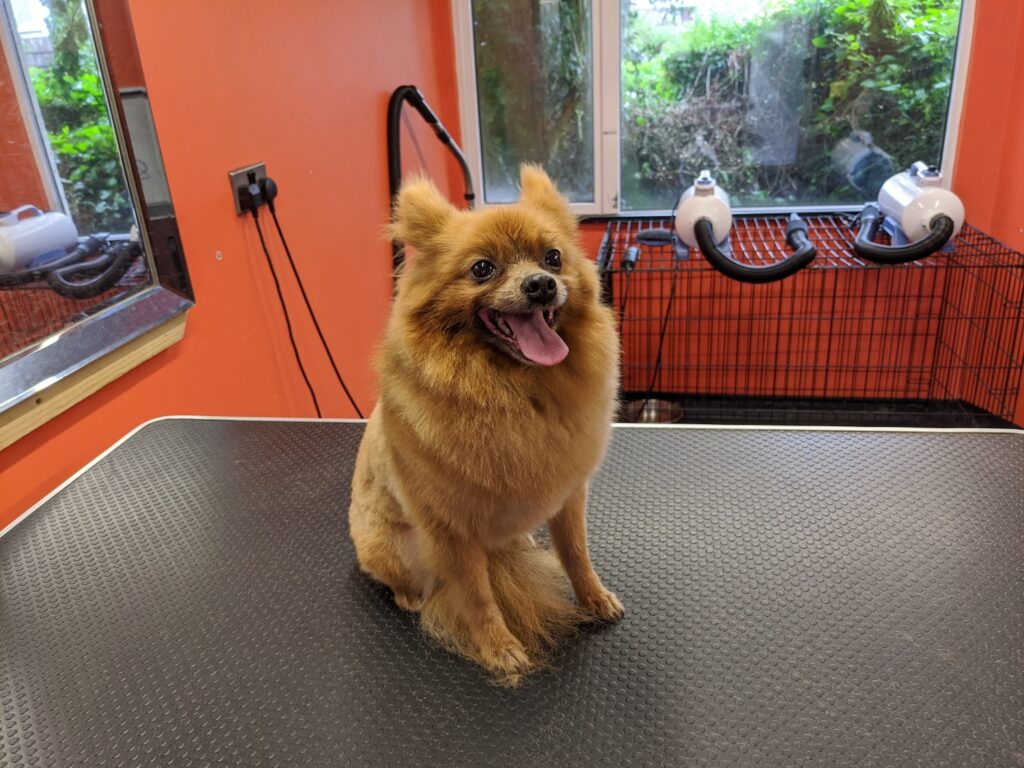You have a dog – but do you know how to trim dog nails? Just like us humans, it’s important for dogs to get their nails trimmed regularly. Beyond hygiene, it’s also important for their health. Overgrown nails on dogs can be painful and could lower their overall quality of life. To give your pup the absolute best, learn all you need to know about dog nail trimming below:
Why is it important to trim dog nails?
When dog nails get too long, it can lead to pain and other serious issues. Over time, your dog might develop spine and posture problems (like sitting or standing oddly) due to frequently shifting weight because of overgrown nails. Too-long nails can even lead to difficulty walking, lameness or serious injury; especially if they’re so long that they touch the ground. In general, nails that are too long can limit your dog’s movements.
Overgrown nails significantly decrease the quality of your dog’s daily life.
As soon as your dog’s nails touch the ground and grow past the pad of your dog’s paw, it’s time to take action!
When are my dog’s nails too long?
With your furry friend standing in front of you with their front legs under their shoulders, check their nails. Are they touching the ground? If so, then they’re too long. And if you hear your dog’s nails clicking or see them turn sideways, it’s time for a trim. Ideally, you should be able to slip a piece of paper between your dog’s nails and the floor.
Now that you know that they’re too long, how do you shorten your dog’s nails?

Dog nail trimming: step-by-step instructions
Step 1: Prepare the equipment
- Dog nail clippers/scissors/grinder
- Scissors
- Flashlight (for dark nails)
- Optional: Paw balsam
When everything is ready, get your dog comfortable and you’re good to go. If your dog is a bit nervous, calm them with biscuits or extra cuddles. This will give them a sense of security while you begin trimming.
Step 2: Define the cutting range
Be extra careful when deciding where to cut, as dog nails are supplied with blood. An accidental clip in the wrong spot could lead to a lot of pain. It’s easier to find the right range for dogs with clear or light colored nails, while it can be a bit trickier with dark nails. Luckily, a flashlight can help you better see the blood supply area.
where to cut your dog’s nails – dog nail trimming
Remember these 3 tips and you’ll be fine:
- The perfect cutting range ends right before the blood supply.
- Front paws are more likely to get overgrown nails.
- You should always cut parallel to the bottom.

Step 3: Get to trimming
Defined the cutting range? Good! Your dog is (ideally) in a relaxed position. You have your equipment ready. It’s time to start!
Trim by taking small steps at a time, and use rewards to keep your dog comfortable if needed. If there’s no blood at the end of the whole process and your dog behaves like nothing has happened, you’ve done everything right!
how to trim dog nails without making your dog bleed – dog nail trimming
Once you’re done cutting, you can soften the skin around the nails with some paw balsam. It’s optional, but can be comforting for your pup. Trim the hair between the paws for perfect results.

Step 4: Reward your good girl/boy
Don’t forget to reward your dog afterward! That way, your dog will associate the “unpleasant” experience of nail trimming with something positive, and this can reduce their fear. After all, who says no to something if they know there’s a reward at the end of it?
What if there’s bleeding after dog nail trimming?
Even if you’re very cautious, it’s possible that something goes wrong. Golden rule: don’t panic if you see a little bit of blood on your dog’s nail. Instead, try to stop the blood flow and prevent any dirt from getting in contact with the wound. This will help avoid it from getting infected. If the blood flow doesn’t stop after 30 minutes, contact your vet.
If you can’t contact your vet and need to act fast, use styptic powder or pencil (on sale at most pharmacies) on the wound. If you don’t have any styptic powder or pencil, and you can’t go to the pharmacy, try applying some ice cubes.
How often do I need to trim my dog’s nails?
Dogs who are used to walking on soft ground (like parks or forests) can have a harder time controlling the length of their nails, compared to dogs who walk on hard ground (concrete or asphalt). However, that’s not the only factor at play. Dog nail trimming requirements are also affected by:
- Genetic factors
- Dog breed
- Feeding habits
- How active your dog is
However, we’d recommend trimming your dog’s nails every 2 weeks to maintain ideal nail length. Furthermore, the more you trim their overgrown nails, the more the blood vessel will retreat back into the claw. Therefore, frequent dog nail trimming is highly essential.
How to trim extremely overgrown nails
Caring for a dog who already has extremely overgrown nails? Watch the video below for tips on how to trim them safely. If you have any concerns about your dog’s nail, paw, or overall health condition, as always, speak with your vet. They’ll be able to provide you with the best recommendations and treatment for your furry friend.



